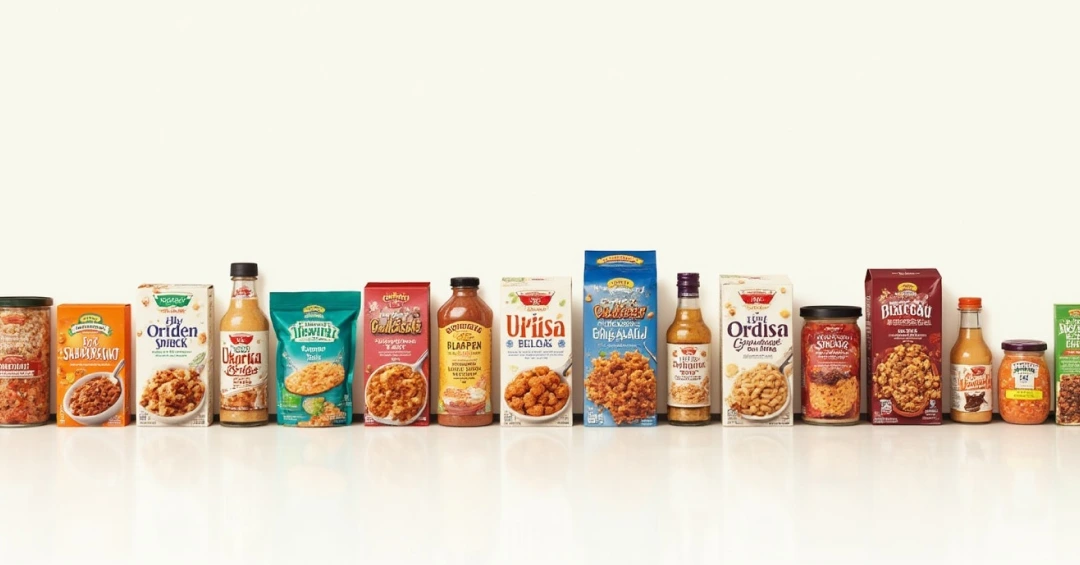The CPG industry often receives flak for its impact on the environment. Over the last decade, the amount of packaging waste has increased by nearly 25% and is expected to grow by another 19% until 2030 if no action is taken.
Sustainability has become a core priority for the industry and requires companies to drive collaborative efforts to minimize environmental impact.
The Growing Sustainability Focus
Over 500 billion plastic bags were produced worldwide in 2023, most of which served their intended purpose for minutes before ending up in landfills or the world’s oceans, where plastic waste can last centuries.
For brands and customers alike, sustainability has become a critical necessity. Today’s brands are under immense pressure to operate sustainably, address consumer expectations, and new packaging regulations. At the same time, consumer awareness is also growing, with many willing even to pay more for sustainable packaging. So, why is this focus suddenly increasing?
- With a staggering $35.2 trillion in annual revenues, consumer industries contribute 30-35% of global emissions. The CPG industry faces an urgent battle against climate change as global warming continues to rise.
- Traditional packaging materials, especially single-use and non-biodegradable, contribute significantly to environmental degradation. This growing wastage issue needs to be nipped in the bud to reduce carbon footprints during production.
- Eco-conscious customers are on the rise, with many seeking more environmentally friendly packaging that is recyclable, non-plastic, and biodegradable.
- Sustainability regulations in many countries worldwide are evolving, with new rules demanding greater transparency and accountability from companies operating in various industries.
- Brand recalls due to mislabeling or inaccurate packaging are another primary reason pushing the needle towards sustainability.
How Artwork Management Reduces Environmental Impact
As the focus on sustainability grows, artwork management can help companies minimize errors, ensure compliance, and launch faster. Modern tools offer a range of capabilities that streamline the artwork approval process and increase the likelihood of aligning with evolving requirements.
Here’s how artwork management can help streamline workflows, reduce the number of iterations, and expedite the launch of products for greater sustainability:
- Reduction in Physical Proofing and Waste: Many companies continue creating physical prints and proofreading their artwork. If the artwork is rejected, this can lead to substantial waste. Modern artwork management systems help reduce physical proofing and waste and minimize recalls. Using 3D rendering and digital simulations, they eliminate the need to create physical prototypes, thus ensuring sustainable operations.
- Sustainable Materials and Practices: Modern artwork management systems include a specification management module that allows companies to track material usage in packaging, enabling them to drive their sustainability goals. The module also specifies shipping containers and palletisation configuration so that packages are not damaged during the supply chain process and discarded as waste. Automated proofing can further ensure that the pack copy reflects sustainable packaging information and recycling instructions, which helps the consumer pick sustainable packaging products that are good for the environment.
- Lower Carbon Footprint: Many companies travel to the printer's location—usually in remote locations—to carry out a press check. This leads to unnecessary fuel usage, causing an avoidable increase in carbon emissions. Companies can conduct virtual press checks using modern artwork management systems, eliminating any physical travel and fuel consumption.
- Optimised Inventory Management: Artwork management systems integrated with ERP can look up the existing inventory of labels whenever a label redesign is contemplated. This helps make decisions that will postpone the redesign until all inventory is exhausted, thus reducing waste. Companies can more easily comply with necessary sustainability requirements by reducing overproduction and excess inventory that often leads to waste.
- Reduction in Reprints and Waste: Artwork management systems offer AI-enabled proofing tools that improve the accuracy and compliance of artwork. Such automation reduces the chances of printing the wrong artwork, the effort required for reprints, and the amount of waste. Modern systems also facilitate recycling by ensuring that packaging designs are easy to recycle, with clear instructions on the pack copy.
The CPG industry has been experiencing a significant transformation over the last couple of years as consumer and regulatory demand for sustainability grows stronger. The era of single-use plastic is gradually giving way to a new paradigm: sustainable packaging. In addition, companies also need to ensure that the artwork is thoroughly proofed and verified and meets necessary regulatory and sustainability requirements – to avoid the chances of rework and recalls.
As eco-conscious consumers increasingly seek brands that prioritize environmentally friendly practices, navigating sustainable packaging trends necessitates investing in advanced artwork management tools is crucial for business success. Want to know more? Explore the capabilities of ManageArtworks or speak to our experts for further information.





.webp)
















